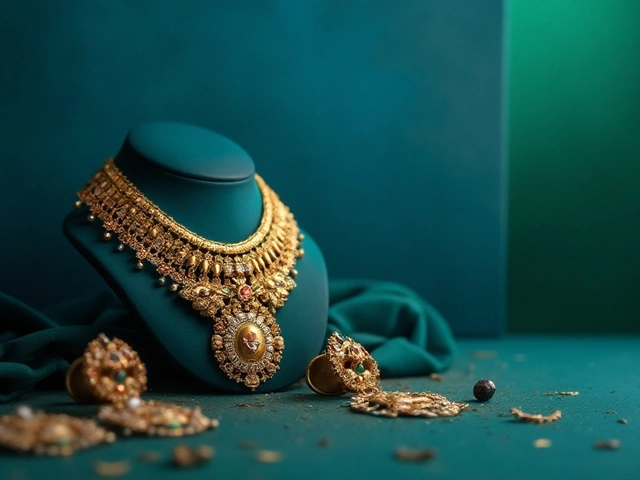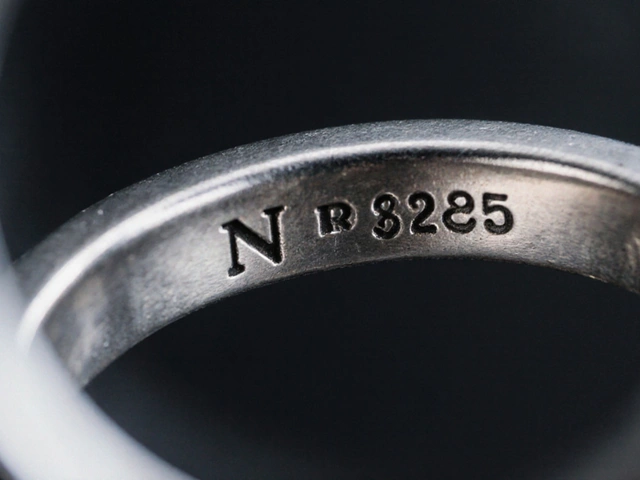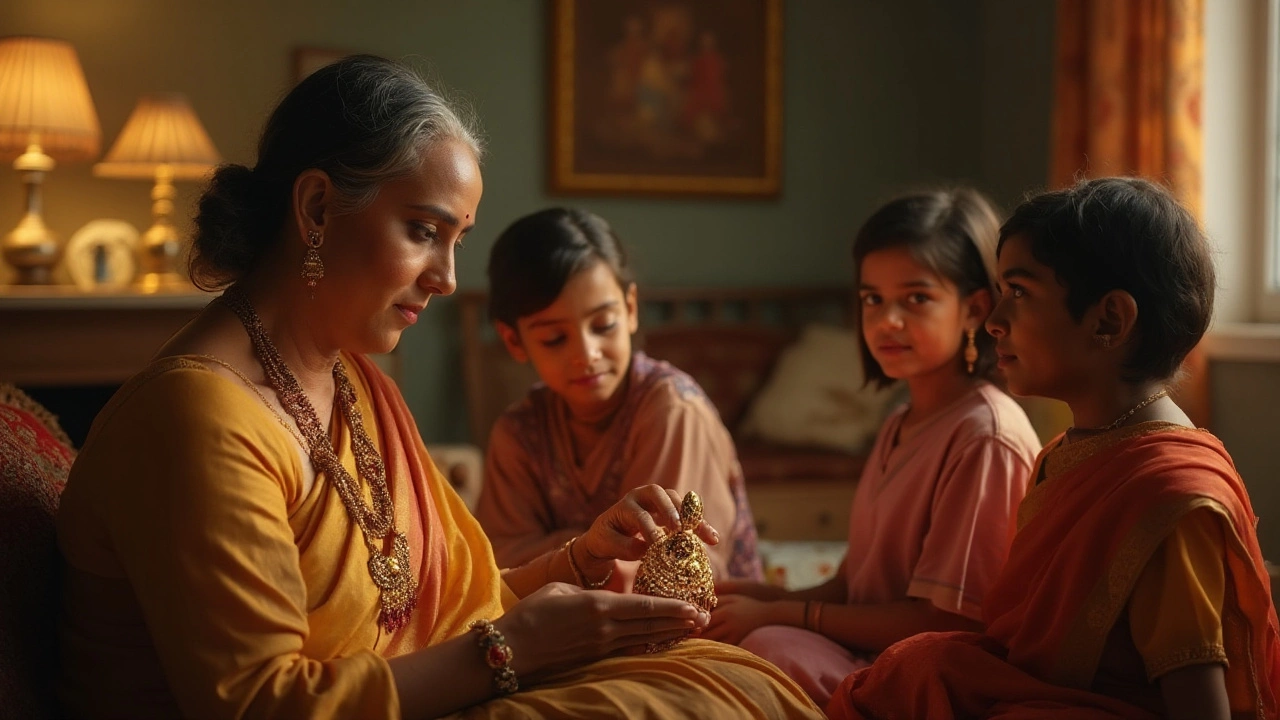
Jewelry often holds more than monetary value; it carries stories, emotions, and a piece of history. Whether passing down a family heirloom or clearing out a collection, the decision to sell antique jewelry should be thoughtful and strategic. Knowing how to get the most value out of these precious items can make all the difference.
The journey from keeping to cashing in involves understanding the unique details of each piece. Age, artist, materials, and condition all factor into its worth. Getting a grip on these elements means arming yourself with knowledge and preparing for the right marketplace.
The world of antique jewelry is as dynamic as it is rich with history. Assessing where a piece fits within this spectrum can direct you to better sales venues and more lucrative offers. Ready for the adventure of evaluating what treasure you truly hold?
- Understanding Your Pieces
- Appraising and Assessing Value
- Choosing the Right Platform
- Tips for Successful Negotiation
Understanding Your Pieces
Diving into the world of antique jewelry starts with knowing exactly what you have. This isn't just about identification; it’s about truly understanding each piece's individual characteristics and history. Beginning with the basics, you need to identify the antique jewelry type – whether it is Victorian, Edwardian, or Art Deco. Each era had its distinctive style, characterized by specific qualities and craftsmanship. Victorian pieces often include intricate designs with floral motifs and are usually made with rich gold or silver metals.
An exciting part of the journey is discovering the origin story behind what you own. Who wore this piece? Where did it come from? Such questions not only heighten the emotional connection but add to the tangible value. You may find engravings or hallmarks that can help trace its lineage. Hallmarks can reveal the artist, year of creation, and the original location of manufacture. These small symbols often hold the key to unlocking a piece’s past, and it’s worth spending time deciphering them.
The materials play another pivotal role in determining value. The quality of metals like gold, platinum, and silver, alongside precious stones such as diamonds, sapphires, and rubies, directly affects the pricing. The stone's cut, clarity, carat, and color, known as the four Cs, are specific characteristics that determine a gem’s worth. It’s fascinating to note that old European or mine cuts used in older jewelry often display a unique charm absent in today's modern brilliance cuts.
"Understanding the minutiae of each piece helps you communicate effectively with buyers, who value detailed information about potential purchases." - Fiona Elliott, antique jewelry appraiser
An appraisal often comes next in line. Before this, however, brushing up on some background knowledge can be beneficial. Visit libraries or digital archives to learn about styles, notable designers, and famous pieces. Sometimes, you may discover your jewelry is designed by a well-known name, which might even elevate its importance and worth.
Identifying whether it's part of a surviving collection might influence the price. Historical data suggests that complete sets or those linked to notable figures or events command a premium at auctions. This adds another significant layer of interest and desire among collectors. Thus, investing time and effort in gathering every nugget of information about your piece pays off as you prepare to introduce it to the market.

Appraising and Assessing Value
When stepping into the world of antique jewelry appraisal, it's crucial to acknowledge that antique jewelry appraisals are as much an art as they are a science. Each piece carries with it a history that's woven into its very design and choice of materials. To maximize potential profit, it’s essential first to understand the intrinsic value of your pieces.
The first step in assessing your jewelry's value is understanding the era from which it originates. There are notable periods in jewelry design, like the Georgian, Victorian, and Art Deco, that can significantly affect price. Not only do these periods reflect unique styles, but they also showcase the evolution of metalwork and gemstone use. For instance, Art Deco pieces often exhibit sleek geometric lines and bold colors, making them highly sought after compared to more straightforward designs.
Engaging a professional appraiser is often a wise move, providing an unbiased perspective on your jewelry's worth. They take into account various metrics such as the rarity of materials, provenance, and historical significance. Certified appraisers have formal training and are often recognized by professional bodies such as the Gemological Institute of America (GIA). According to the GIA, a well-done appraisal should include a detailed description of the item, its authenticity, and an accurate estimation of its value based on current market conditions.
"A thorough appraisal can provide peace of mind, ensuring you know the true value of your treasures. It’s an investment in knowledge," says Lara Konstantin, a renowned jewelry historian.
The appraiser might use tools such as a loupe, electronic scales, or refractometers to determine specifics. They look for maker’s marks, signatures, or stamps that could identify the craftsman or company behind the piece, which can significantly influence worth. A Cartier signature, for example, may substantially increase the value of a bracelet. They also assess the condition, looking for scratches, chips, or any restorations.
To prepare for an appraisal, gather any documentation you may have on the piece, including sales receipts, previous appraisals, or historical papers. Clarity is vital in presenting provenance or historical context as it can significantly bolster the interest and, consequently, the price your piece can fetch on the market. Online databases or local libraries can often be invaluable resources for digging up historical information about specific makers or styles.
Finally, remember not every piece requires the same level of scrutiny. Some may have more emotional value than the monetary worth an appraisal might suggest. Choosing to sell or hold on is a personal decision. Still, understanding market trends and factors influencing antique jewelry prices paves the way towards making informed, confident choices.
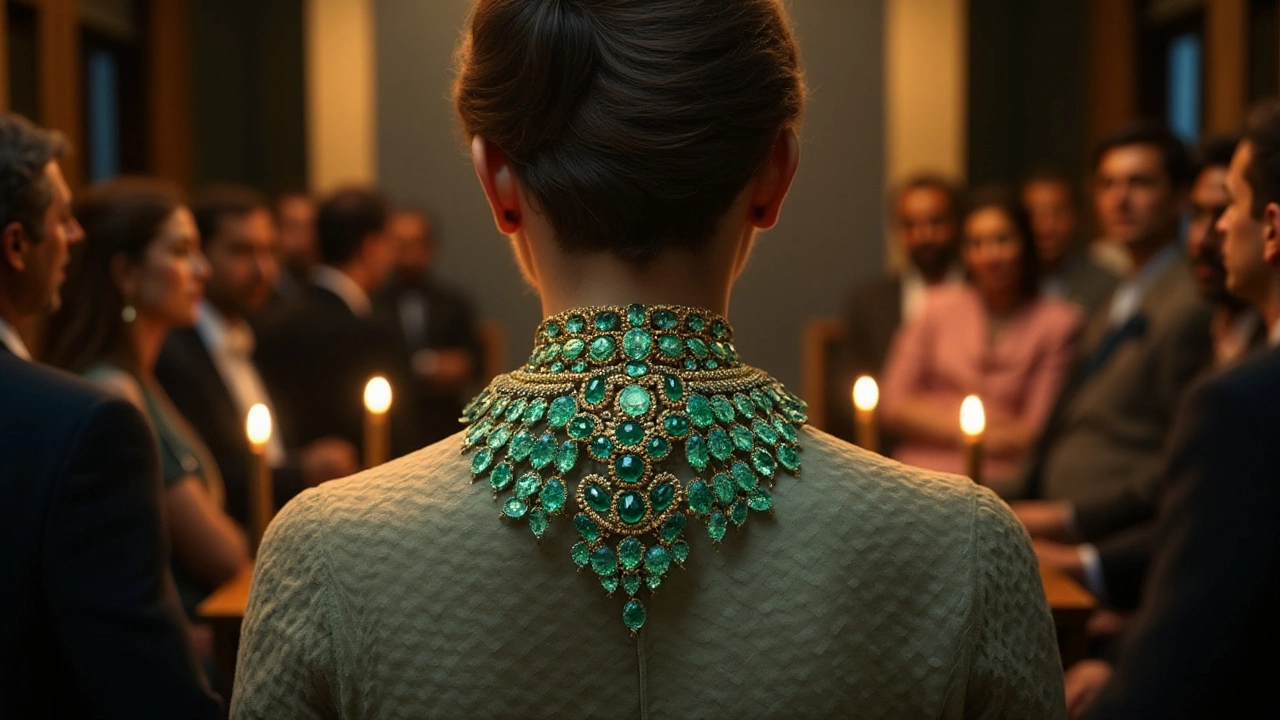
Choosing the Right Platform
When it comes to selling antique jewelry, the platform you choose can significantly impact the final offer. The market for such pieces is diverse, and each option comes with its unique set of advantages and challenges. Therefore, understanding the differences between platforms is crucial in making an informed decision. From traditional auction houses to bustling online marketplaces, your choice should align with the nature of your jewelry and your personal sales goals. Identifying your motivation for selling - whether it's maximizing profit, swift transactions, or reaching a niche audience - will guide you to the right path.
Auction houses have long been a staple in luxury sales, offering legitimacy and the allure of competitive bidding. Many prestigious auction houses have a dedicated jewelry department seasoned in appraising and marketing antique jewelry to wealthy collectors. The downside, though, is potential high commission fees. Auctions also require patience as sales are typically scheduled months in advance. But the payoff can be impressive if your piece attracts the right attention. As noted in Art Market Report, "Auction houses provide transparency and a global reach that's hard to match with other platforms."
For sellers eager to leverage modern technology, online platforms like eBay or specialized sites like Ruby Lane provide a direct route to a broader audience. These platforms are often less expensive in terms of fees and offer control over pricing. They allow sellers to craft detailed listings with photos and descriptions, directly engaging with potential buyers. However, the prevalence of counterfeit items necessitates rigorous vetting, and maintaining buyer trust is paramount. Regular interactions, shipping responsibilities, and dealing with returns can become cumbersome, especially for those unfamiliar with online selling.
Local jewelers and pawnshops offer a more traditional approach, often providing immediate sales and payment. This route is typically more straightforward, avoiding the complexities of online transactions. However, local markets might not offer prices as competitive as those secured through international bids or collectors. They might not possess specialized knowledge for rare pieces, potentially undervaluing your items. Forging a relationship with a reputable jeweler who understands the worth of antique jewelry can bridge that gap, fostering future dealings.
Each of these platforms presents a balance between risk and return, time and money. Assessing which aligns best with your priorities - whether it be minimizing effort, ensuring top dollar, or maintaining privacy - becomes the deciding factor. The choice ultimately depends on how these factors weigh in from a practical perspective for you and your collection. Exploring these options and considering cross-platform strategies can optimize results, tapping different markets to find the ideal match.
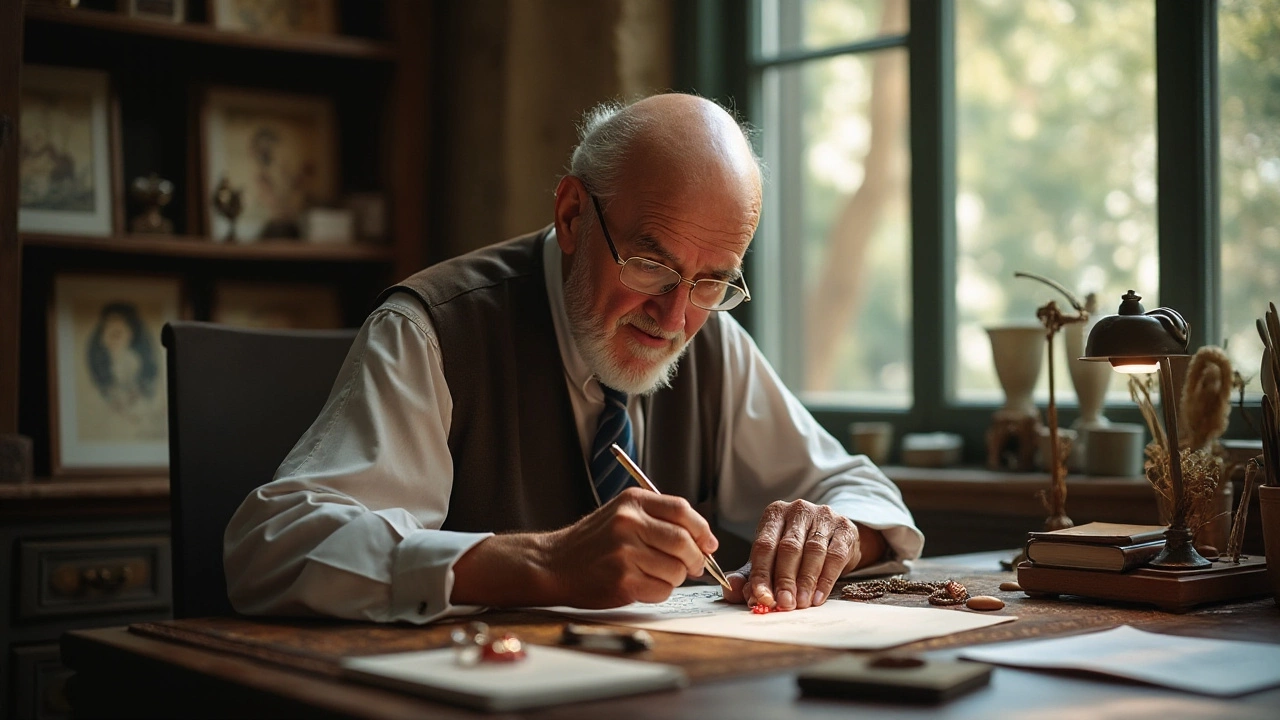
Tips for Successful Negotiation
Negotiating the sale of your antique jewelry can be a thrilling yet nerve-wracking endeavor. Equipped with knowledge about the piece, you can confidently enter discussions. The first rule is to understand the emotions and historical value attached to the jewelry, but approach negotiations with an objective mindset. Buyers may have different perspectives, so be ready to respect their viewpoint while defending your valuation.
Establishing a realistic asking price based on the appraisal is essential. Be mindful of market fluctuations and current trends, as sometimes a piece might unexpectedly soar in value due to a revival in styles or materials. Knowing these trends can allow you to set your expectations accordingly. Flexibility is your ally here; willing to navigate the middle ground can keep negotiations from deteriorating into an impasse.
Research and Preparation
Research forms the backbone of a successful negotiation. Beyond just the market trends, study your potential buyers. Whether you're dealing with a local jeweler or a representative from an auction house, understanding their buying habits, what they prioritize, and their clientele can give you an edge. Some buyers may value provenance highly, while others may be more concerned with the rarity of the piece. Gathering intel on this will help tailor your approach so that it speaks directly to what they find most valuable.
Consider enlisting help if necessary, such as consulting with an industry expert or a lawyer, especially for high-value transactions. Their insights can offer additional leverage if negotiations become challenging. As much as possible, do verify all claims with documented evidence, whether it's about the jewelry's age or its historical significance. Documentation not only adds credibility to your claims but often demands a higher premium from buyers.
Effective Communication Strategies
Effective communication is pivotal. It’s not merely about stating what you want but understanding the art of dialogue. Active listening and thinking ahead can unravel the hidden motivations of the buyer, allowing you to respond with greater acuity. Don't assume silence as agreement; rather, probe gently with questions to ensure understanding and agreement from both sides. Transparency builds trust, and that can be a valuable asset in extracting the best deal.
“The art of negotiation isn't about aggression but persuasion,” notes renowned negotiation expert William Ury. “Understanding the concerns of the other side and addressing them is what seals successful deals.”
At times, introducing a personal connection or story about the piece can tip the scales in your favor. Buyers who resonate with the history or emotional weight of the jewelry might be more inclined to improve their offer. Remember, a little charm and personality can go a long way in the business of selling antique jewelry.


